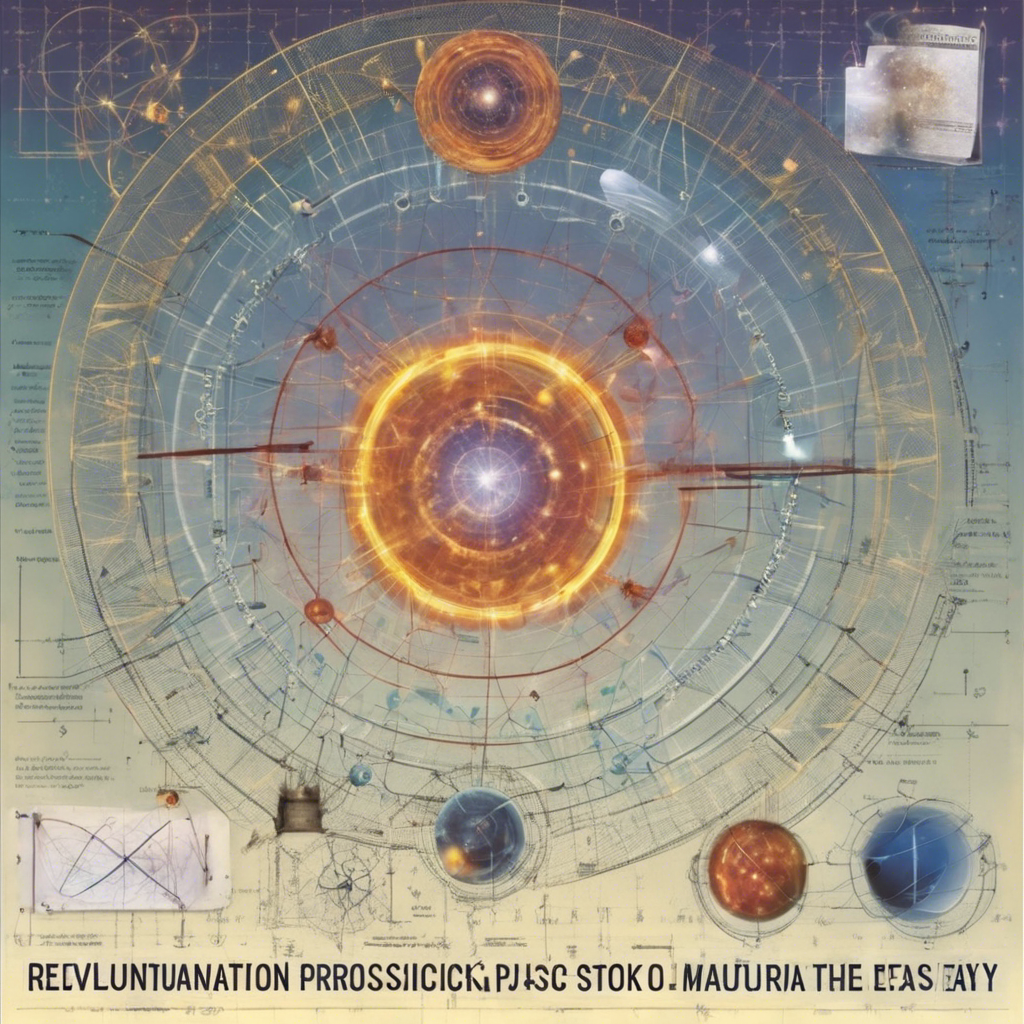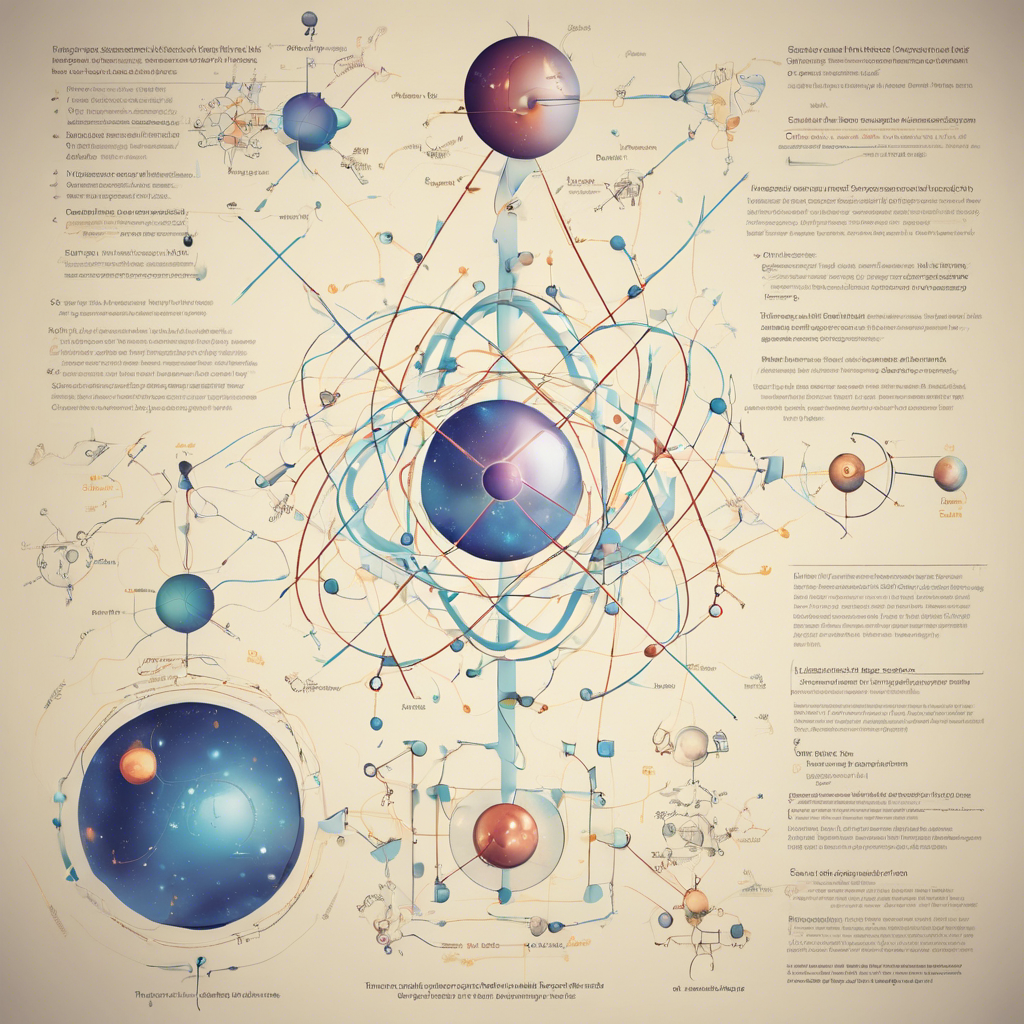Belgian physicist develops a math-free framework using diagrams to teach quantum physics to beginners
Quantum physics, the paradox-filled theory that describes the microscopic realm, has long been considered esoteric and reserved for specialized undergraduate physics courses. However, Belgian physicist and musician Prof Bob Coecke is on a mission to change that. Coecke, a former Oxford professor, has devised a groundbreaking method that uses diagrams to teach quantum physics to beginners, without the need for complicated math. In an education experiment conducted over the summer, Coecke and his team taught this pictorial approach to a group of UK schoolchildren, who went on to outperform Oxford University’s postgraduate physics students in an exam. This innovative teaching method has the potential to make quantum physics more accessible and inclusive, with implications for the future of STEM education and the understanding of complex scientific concepts.
Making Quantum Physics Inclusive
Coecke’s motivation for developing this pictorial approach to quantum physics stems from a desire to make science, technology, engineering, and mathematics (STEM) more inclusive. With the rapid advancements in artificial intelligence and the increasing influence of billion-dollar companies, Coecke believes it is crucial for people to understand the fundamental principles of quantum physics. By teaching quantum physics from the ground up, before the technology becomes ubiquitous, Coecke hopes to empower individuals to engage with and shape the future of quantum computing and other emerging technologies.
The Educational Experiment
Coecke’s educational experiment involved 54 schoolchildren, aged 15-17, who were randomly selected from a pool of around 1,000 applicants from 36 UK schools, mostly state schools. The students participated in two-hour online classes each week for eight weeks, where they were taught the pictorial method of understanding quantum physics. At the end of the program, the students were given a test using questions from an Oxford postgraduate quantum physics exam. Surprisingly, over 80% of the pupils passed the test, and approximately half earned a distinction. These results exceeded expectations and demonstrated the effectiveness of Coecke’s approach.
Overcoming Challenges
The educational experiment faced several challenges, including the limitations imposed by the COVID-19 pandemic. The students were unable to interact with each other on social media or communicate online due to ethical guidelines. Additionally, the students’ reluctance to turn on their cameras during online classes and their preference for typing rather than asking questions vocally posed teaching challenges. Despite these obstacles, the majority of students appreciated the fact that complex math was not a prerequisite for understanding quantum physics. This approach removed a significant barrier to entry and allowed students who were interested in the subject to access the knowledge.
The Origins of Quantum Picturalism
Coecke’s “quantum picturalism” method originated from his background as a visual artist and musician. While working at Oxford University’s computer science department in the 1990s, Coecke and his colleague Samson Abramsky recognized the need for a high-level programming language for future quantum computers. They aimed to create an interface that was as intuitive as using an iPhone. This led to the development of a new formalism of quantum mechanics based on “category theory,” a branch of mathematics that uses diagrams to describe collections of objects. Coecke further refined this approach over the years, culminating in the publication of his book, Quantum in Pictures, co-authored with Dr Stefano Gogioso.
Conveying Complex Concepts Through Pictures
Using diagrams and quantum circuits, Coecke’s method simplifies the understanding of complex quantum phenomena. Teleportation, for example, is represented by sliding boxes along a wire, while measurements are depicted by spider-like boxes with multiple legs or wires sticking out. The concept of a quantum particle being in two places at once before measurement is illustrated by two legs going into a spider’s body, representing the measurement, and one leg coming out the other side, representing the outcome. By visualizing these abstract concepts, Coecke’s method makes quantum physics more tangible and easier to grasp.
Conclusion:
Prof Bob Coecke’s groundbreaking approach to teaching quantum physics through diagrams has proven to be highly successful, as demonstrated by the impressive results of the education experiment with UK schoolchildren. By removing the barrier of complex math and presenting quantum physics in a visual and intuitive manner, Coecke’s method has the potential to make quantum physics more accessible to a wider audience. The implications for STEM education and the understanding of complex scientific concepts are significant. As Coecke looks to expand the implementation of his approach globally, the hope is that the next generation will carry forward this innovative teaching method, ultimately advancing the field of quantum physics and shaping the future of scientific understanding.











